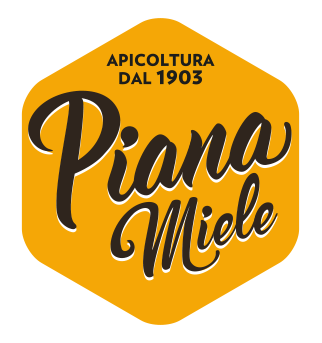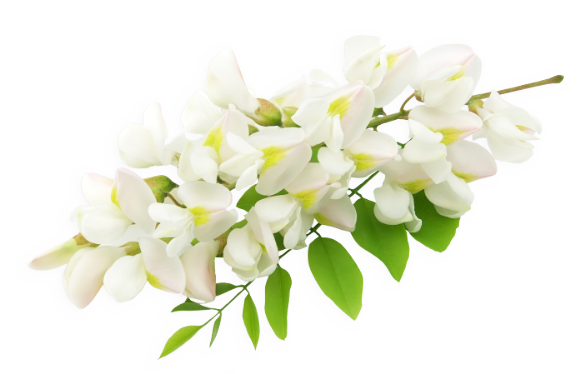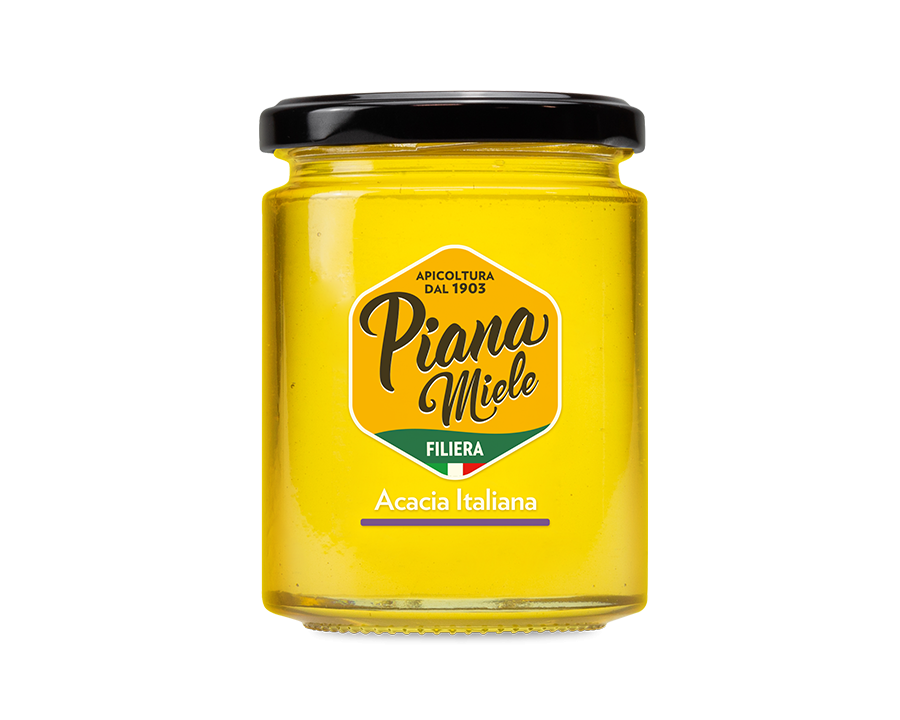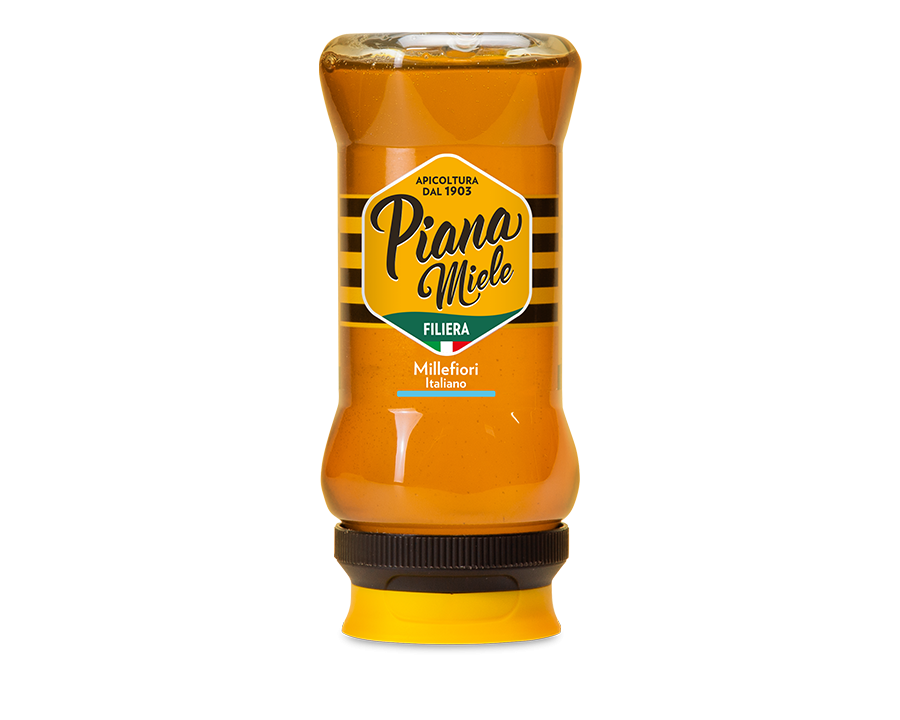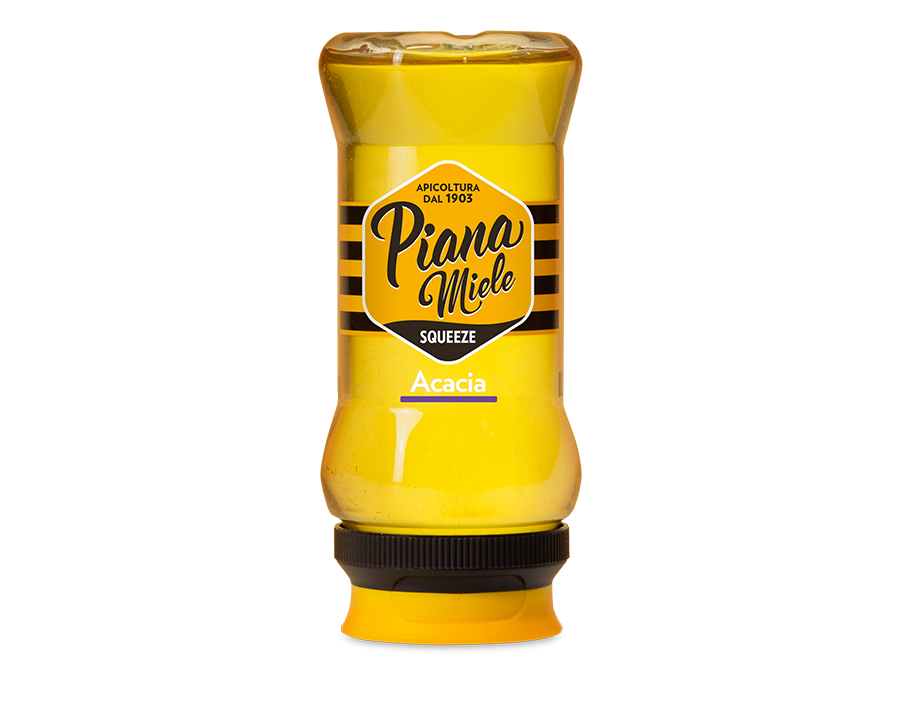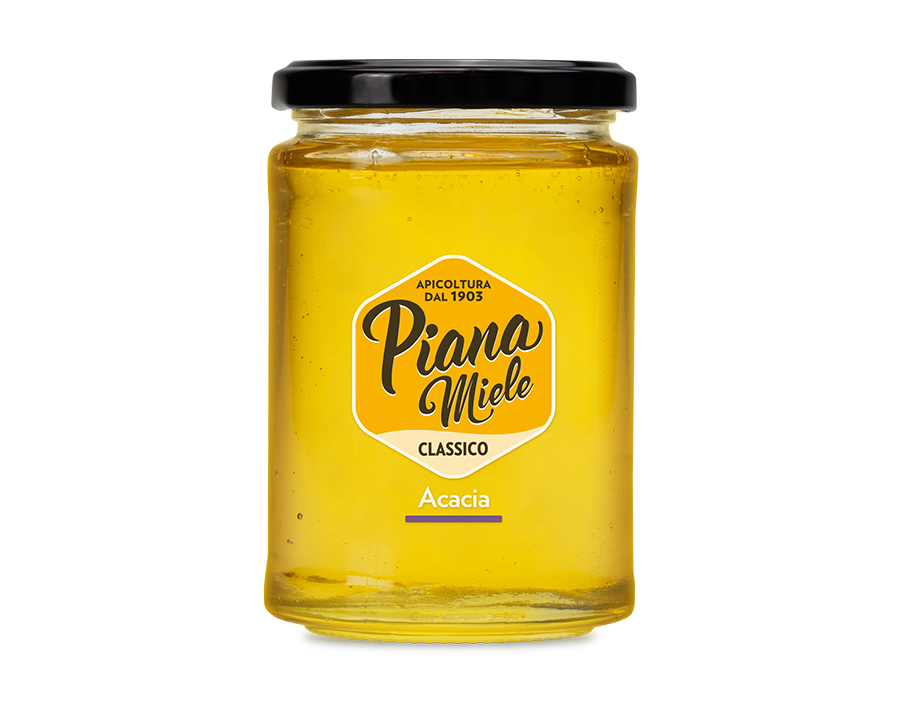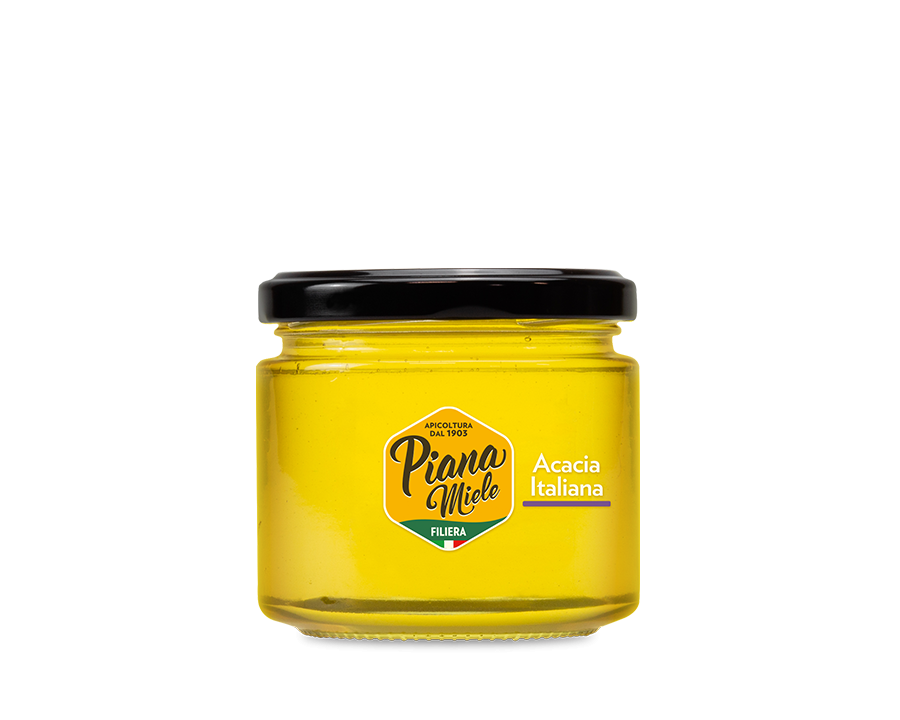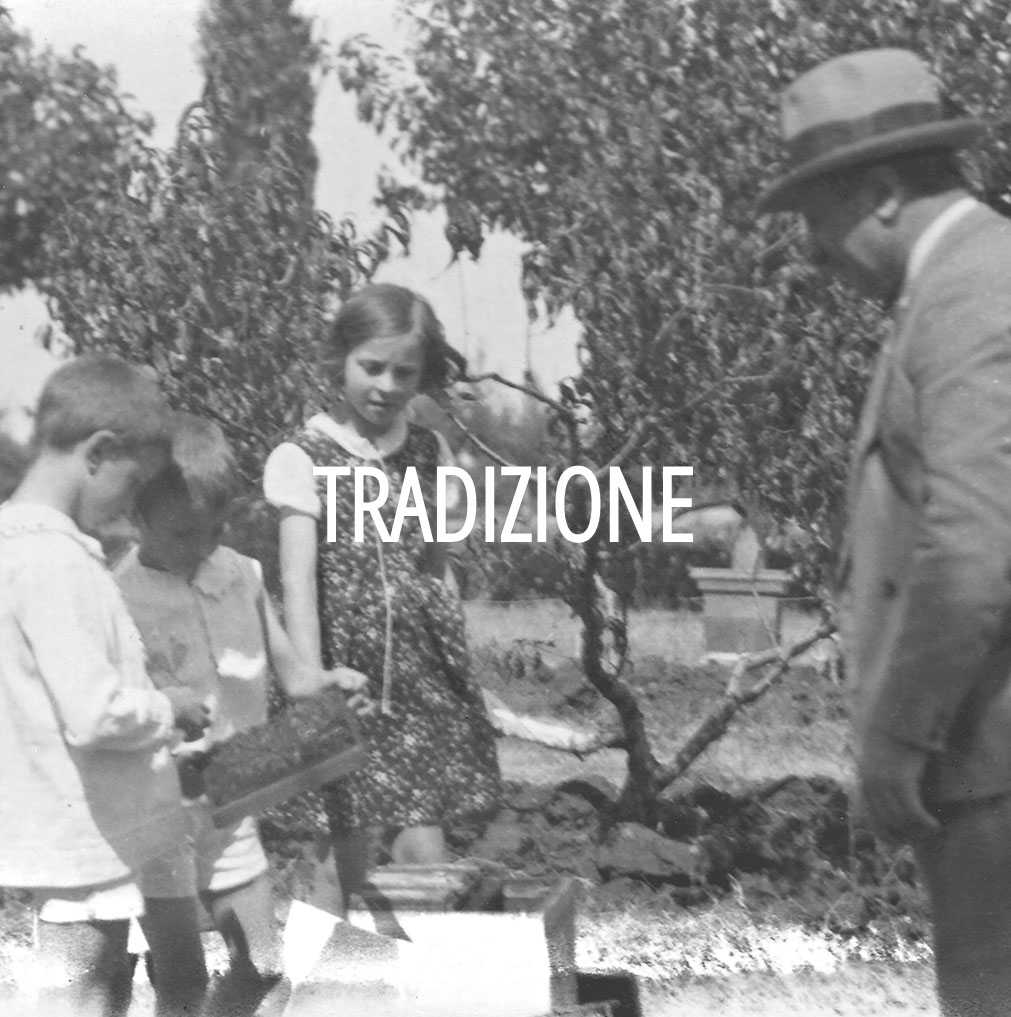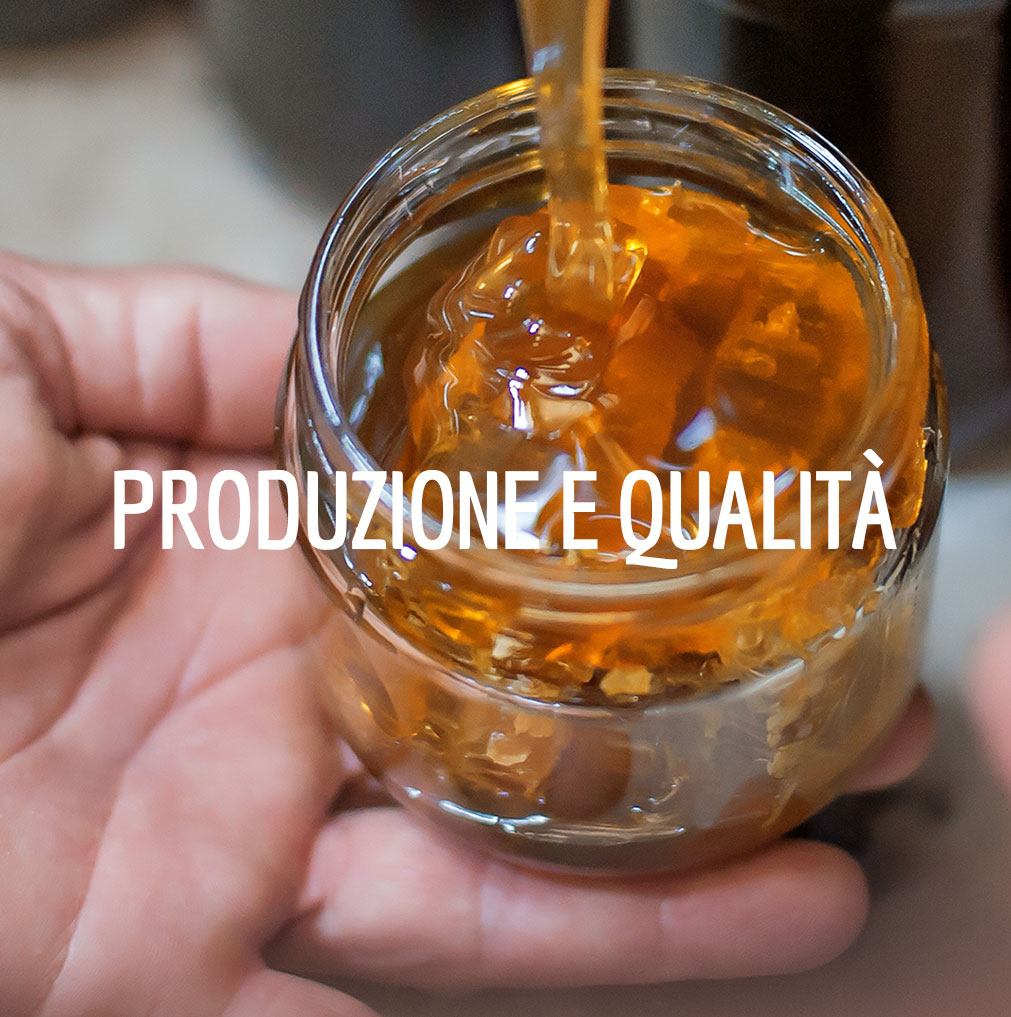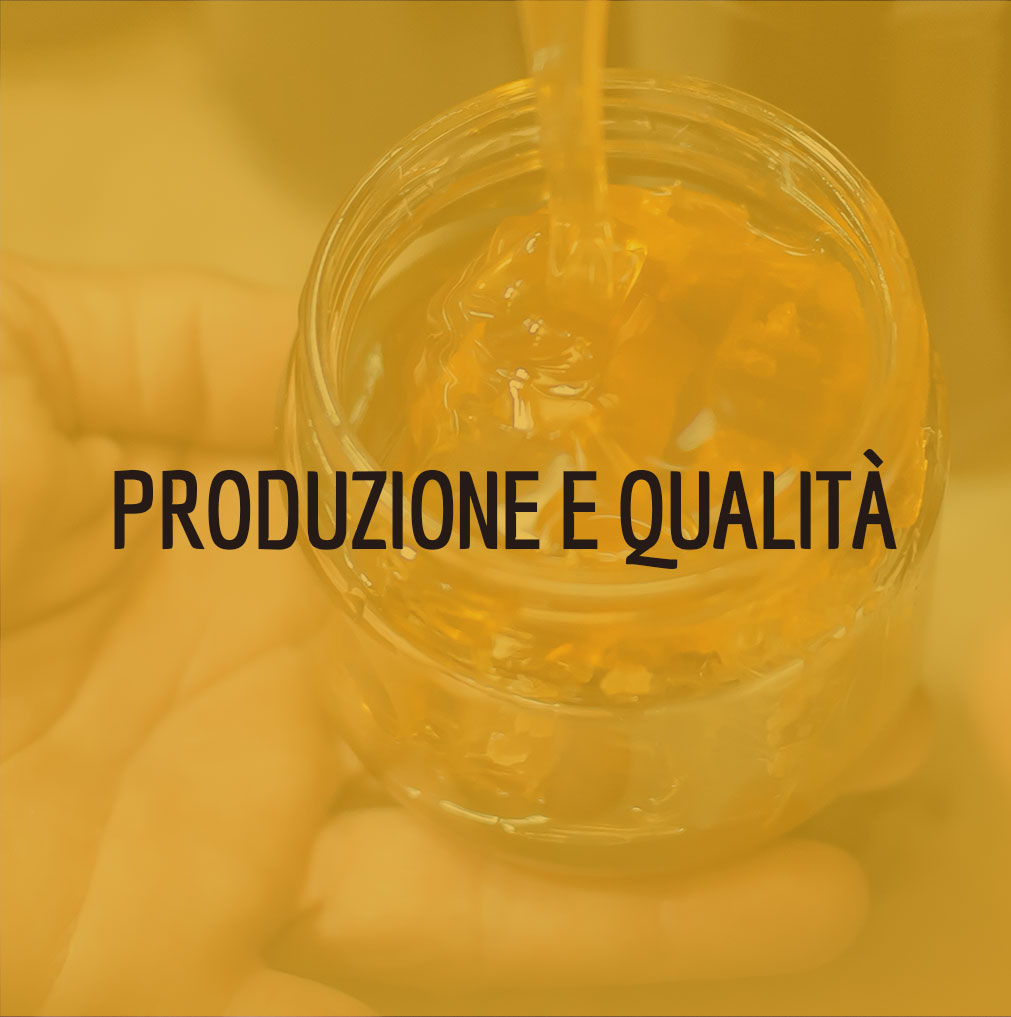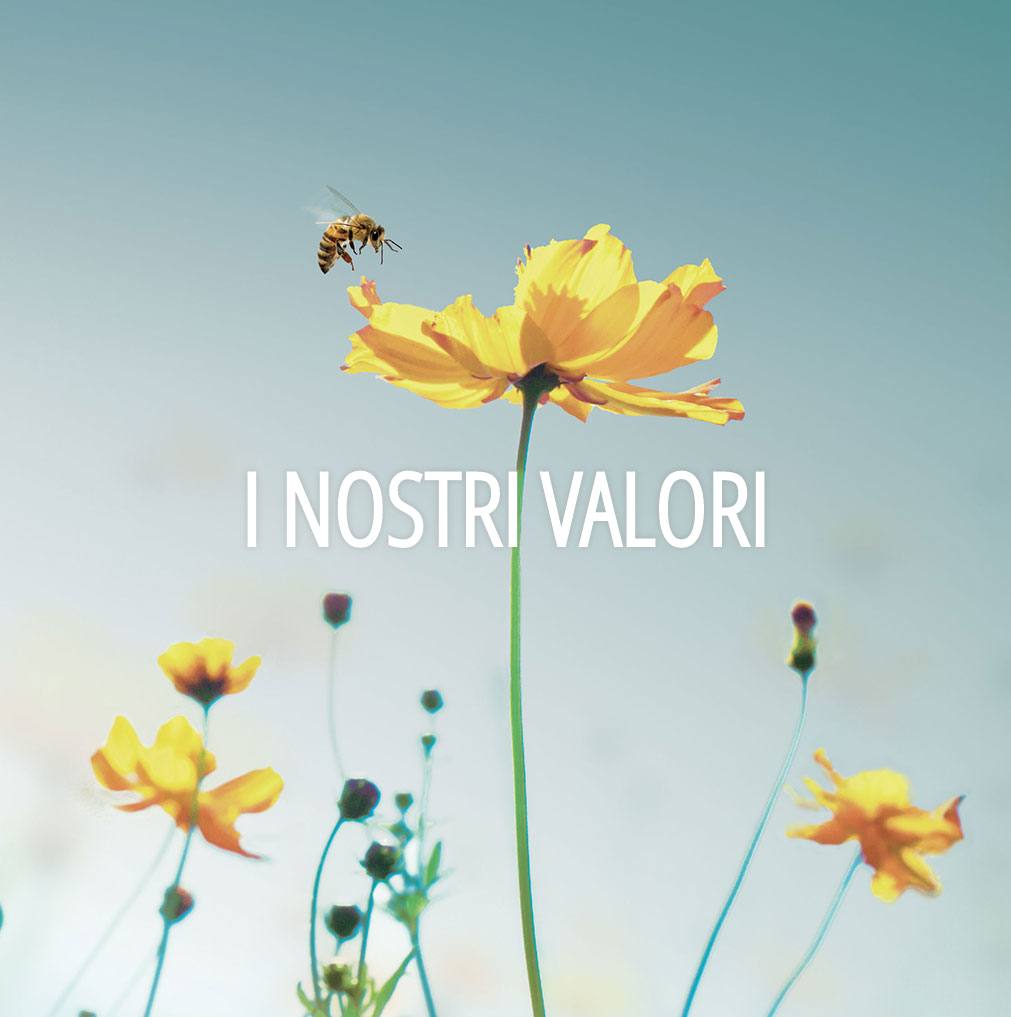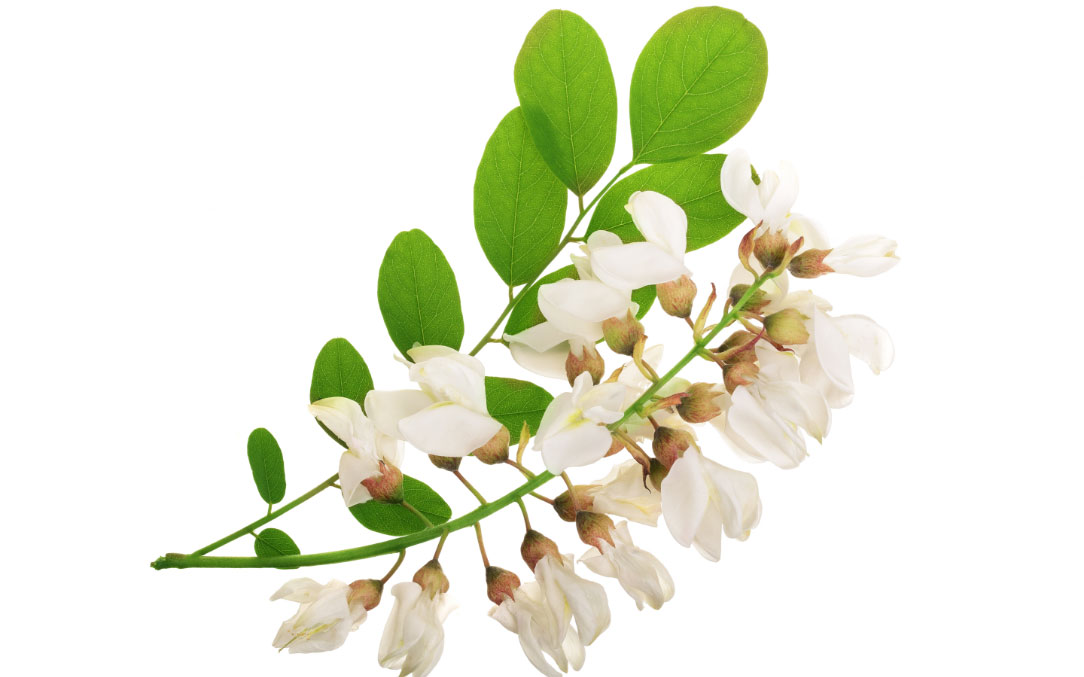
DESCRIPTION OF THE SPECIES
Species with shrub / tree habit.
Deciduous leaves
With thorns.
White flowers in clusters.
Flowering: April – May
ENVIRONMENT AND DIFFUSION AREA
Acacia is common in marginal lands (roadsides, embankments, ...), but also forms dense thickets, especially in the pre-Alpine and Apennine valleys (0 – 1000 m). It is mainly produced in the pre-Alpine area and in Tuscany, but lots of moderate purity are also harvested in other regions, such as in Emilia-Romagna, Abruzzo and Campania. Large quantities are imported from Eastern European countries, especially Hungary, and from China.
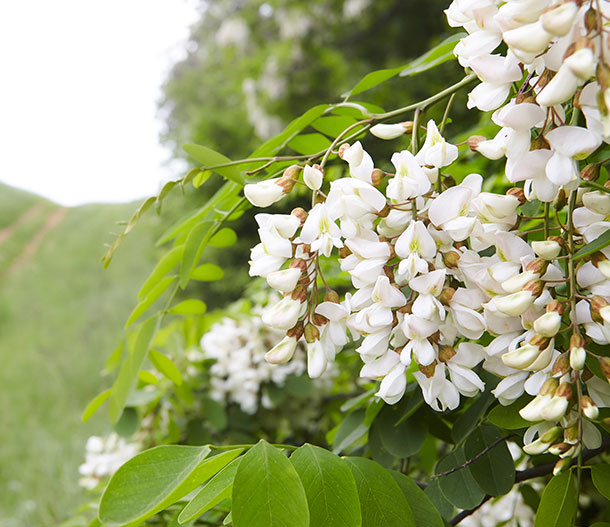
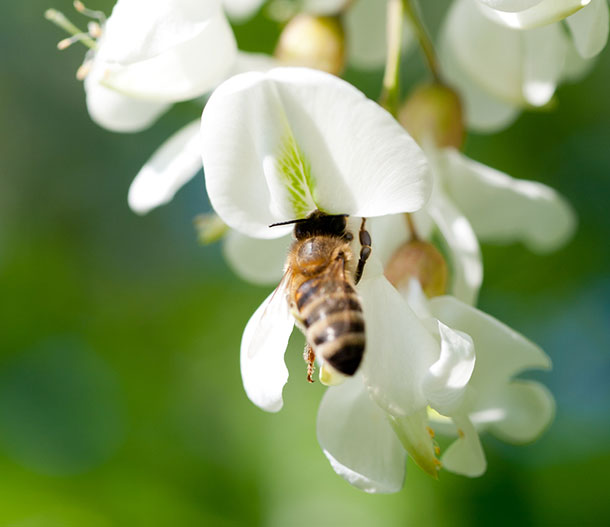
PROPERTIES AND BENEFITS
Acacia is a plant rich in: vitamins (vitamin A, vitamin B1, B2, B3), mineral salts (iron, calcium, magnesium, phosphorus, zinc, sodium, potassium), essential oils. Acacia is used as an anti-inflammatory, a remedy for halitosis, astringent, emollient.
ORGANOLEPTIC CHARACTERISTICS
It remains liquid for a long time, it can become cloudy due to the formation of crystals, but it never crystallizes completely; the color goes from being colorless to straw yellow. The odor is not particularly characteristic as the most diagnostic element is the absence of marked odours. The aroma is not particularly characteristic as the most diagnostic element is the absence of marked aromas, however it is delicate, typically vanilla (sugar) in the purest and most characteristic samples, of sugary syrup.
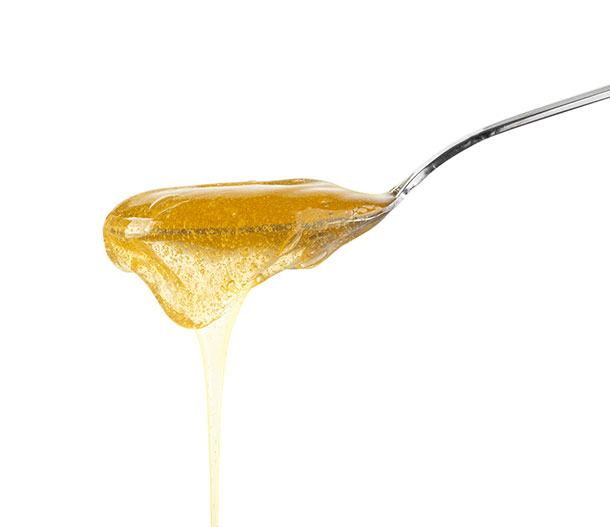
DISCOVER THE PIANA MIELE ACACIA HONEYS

